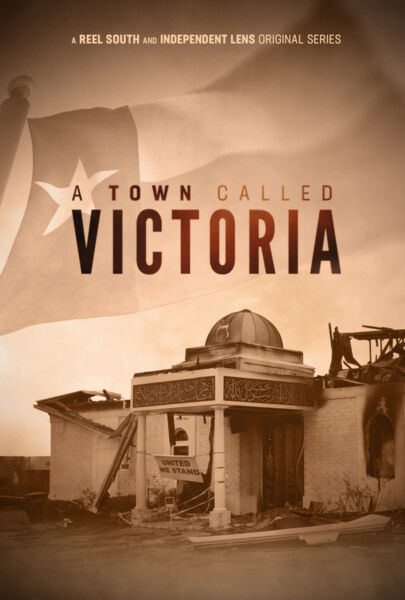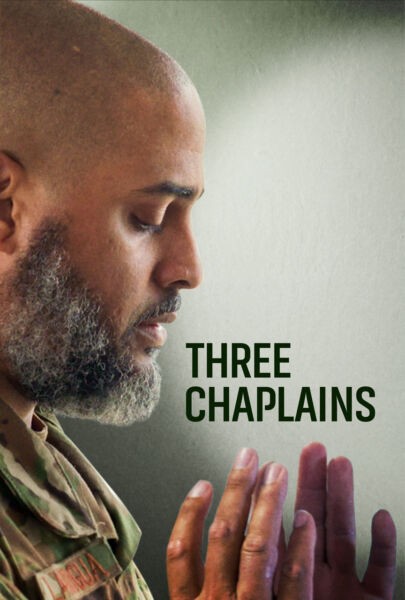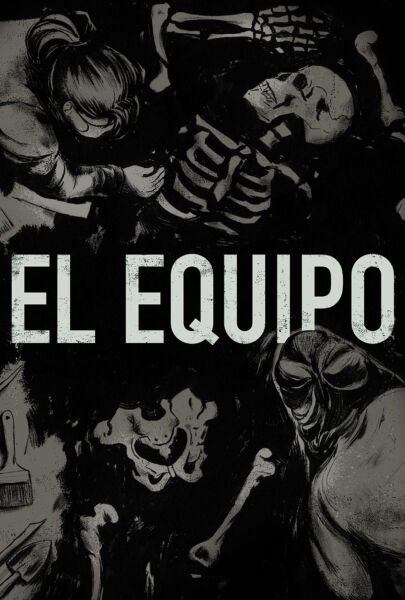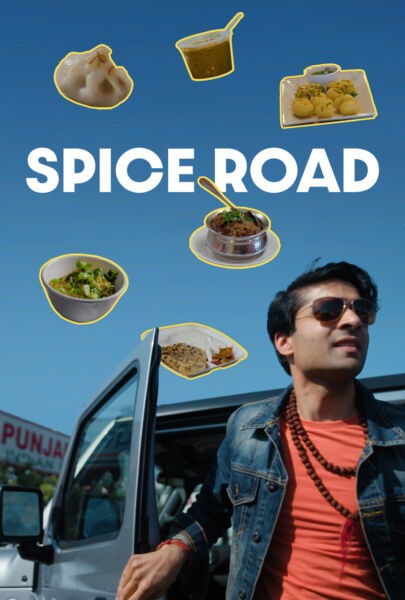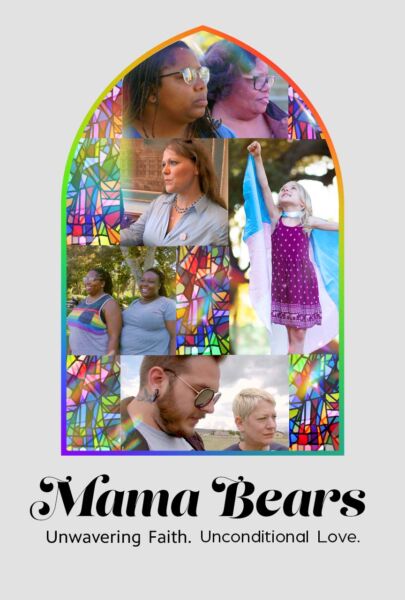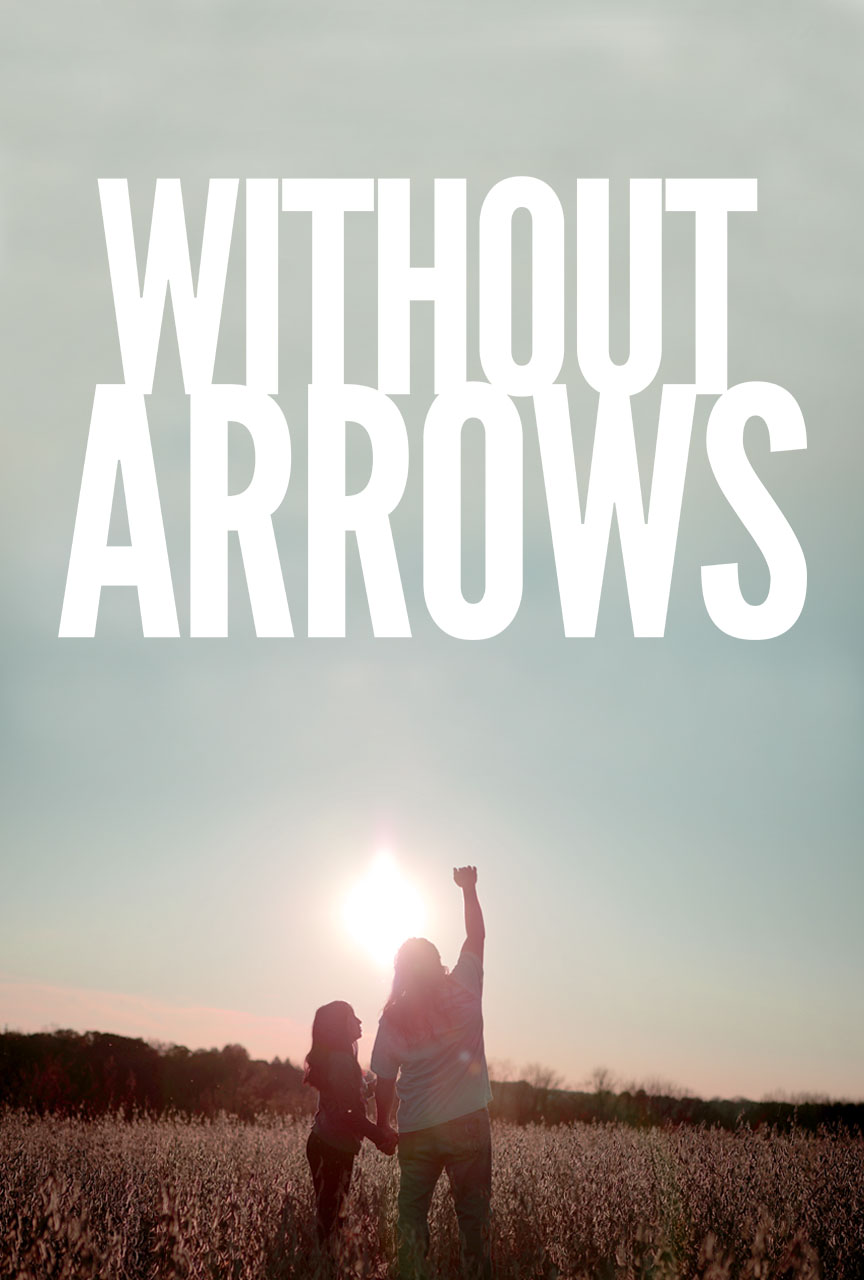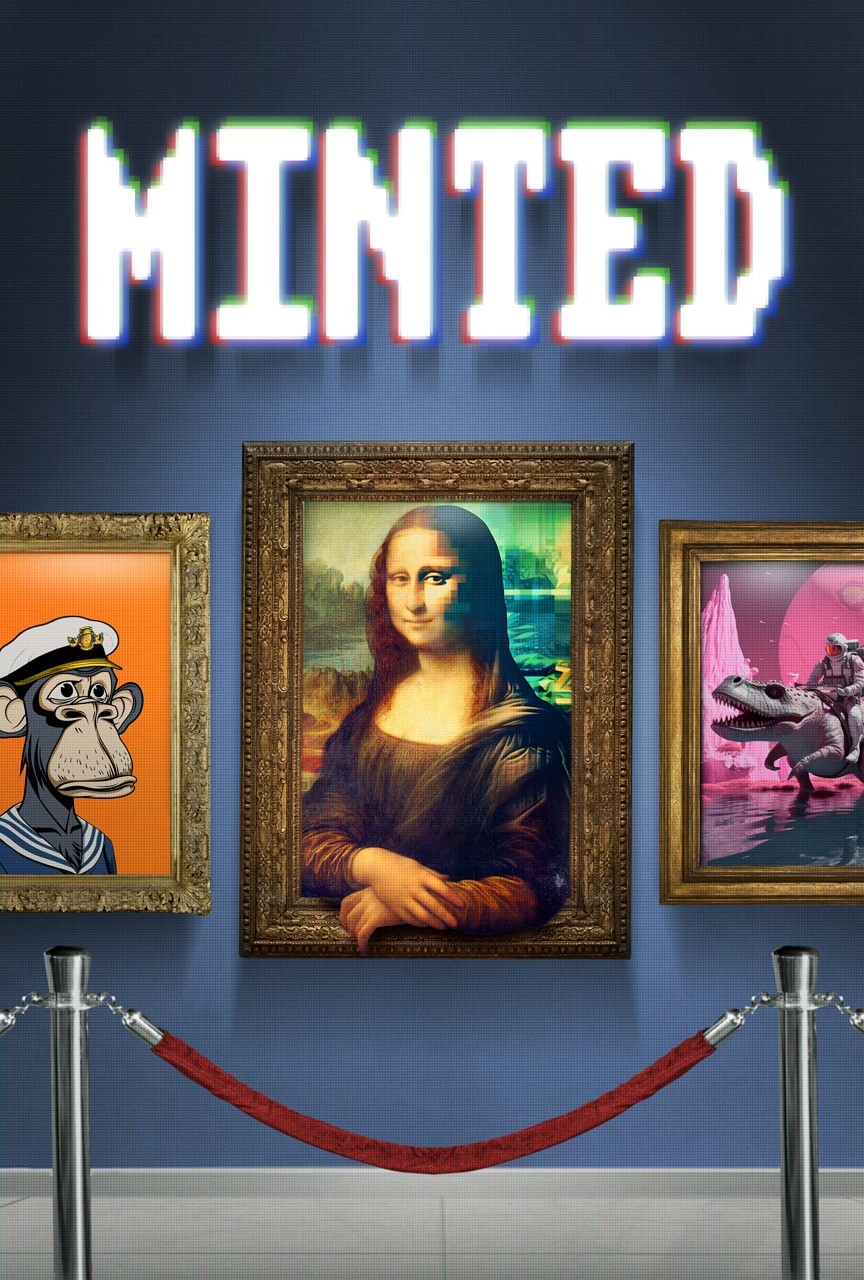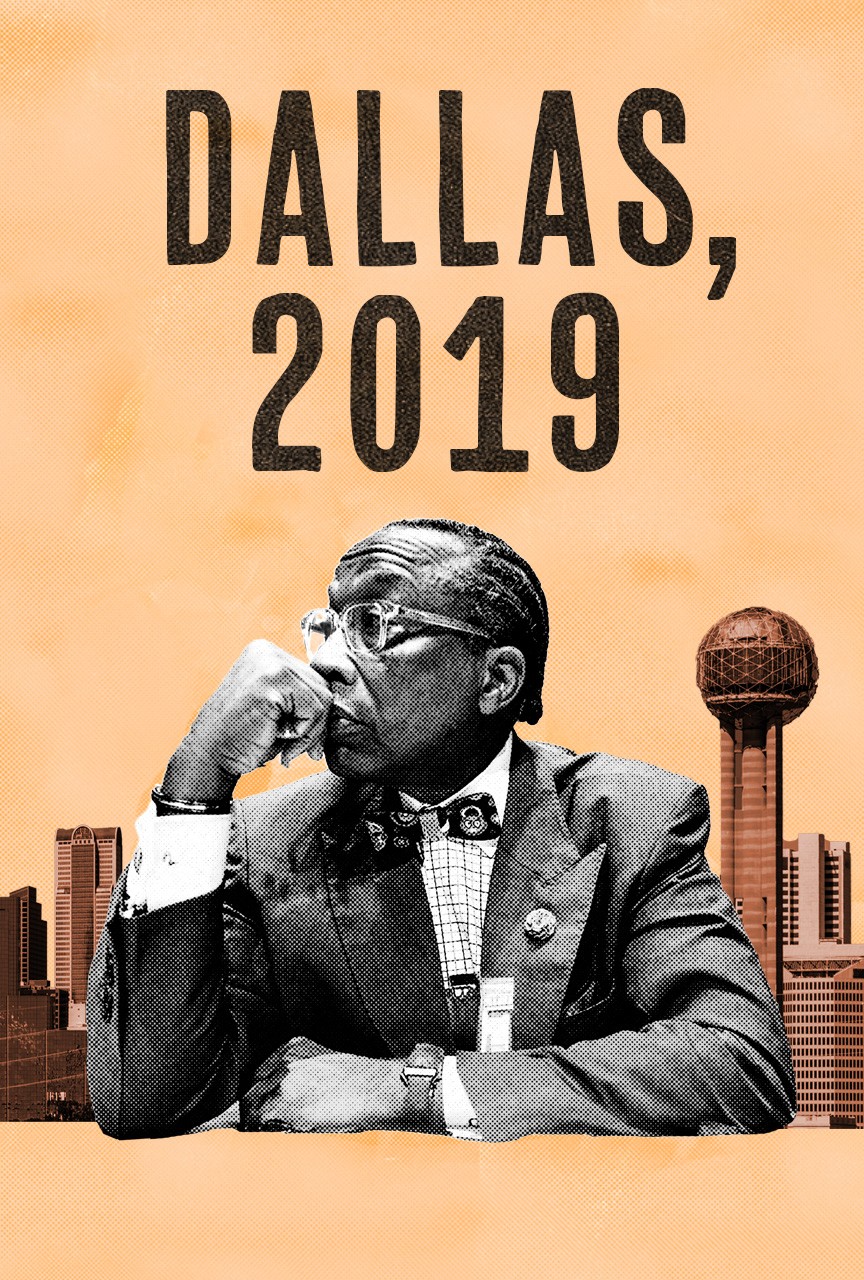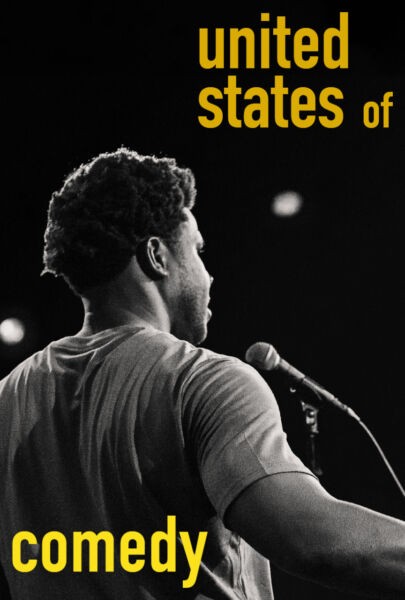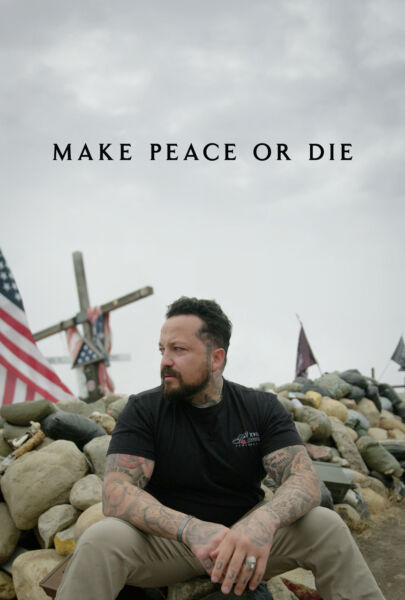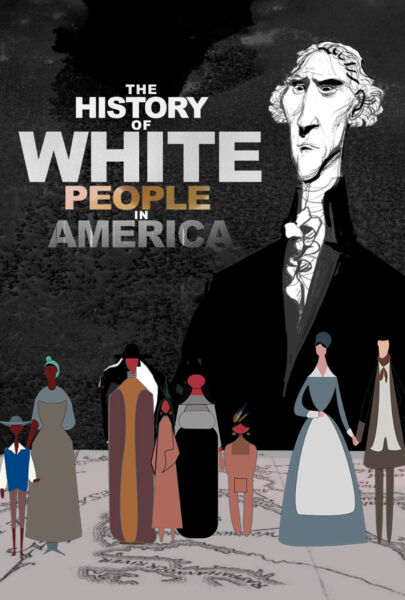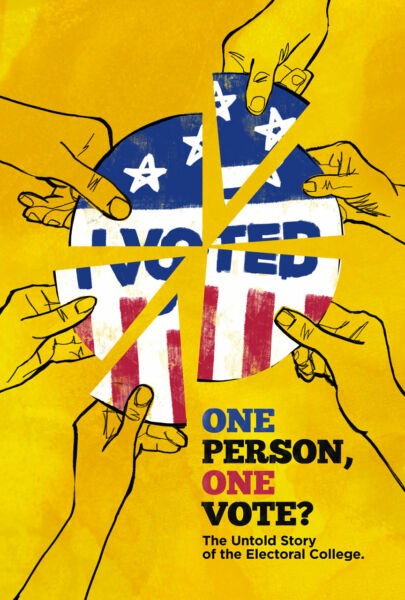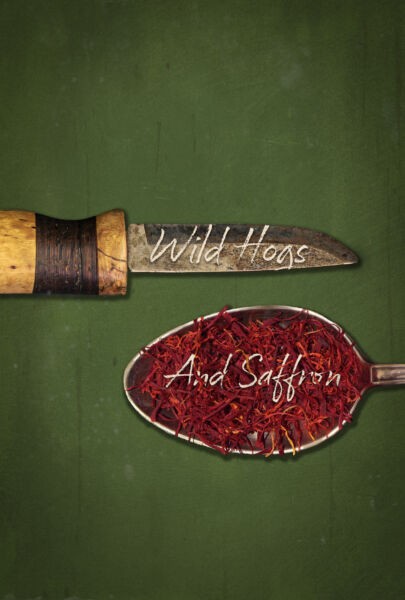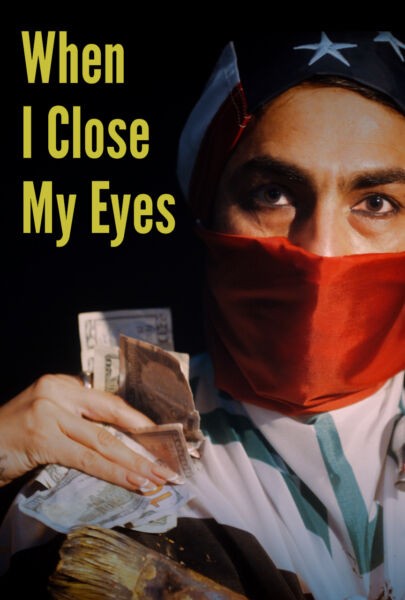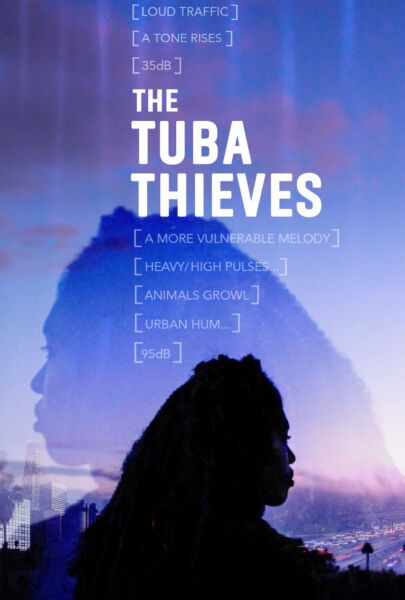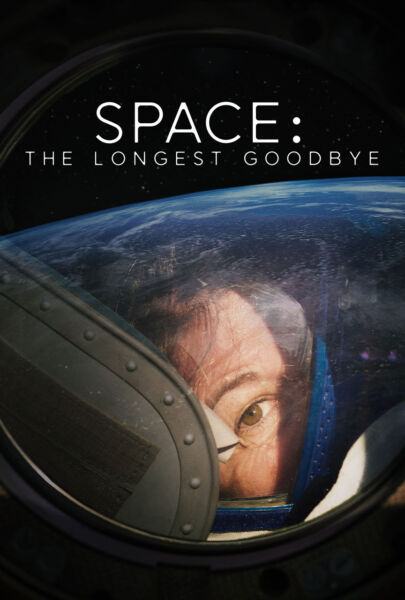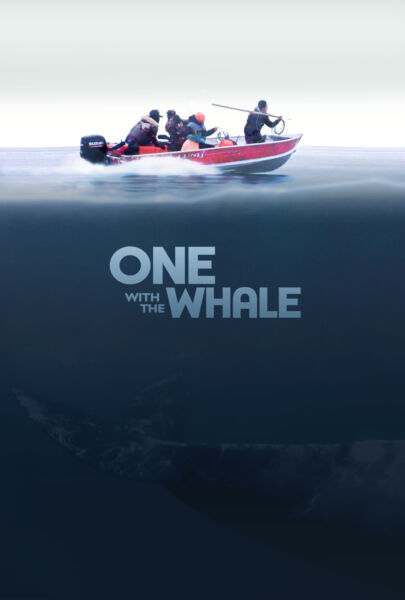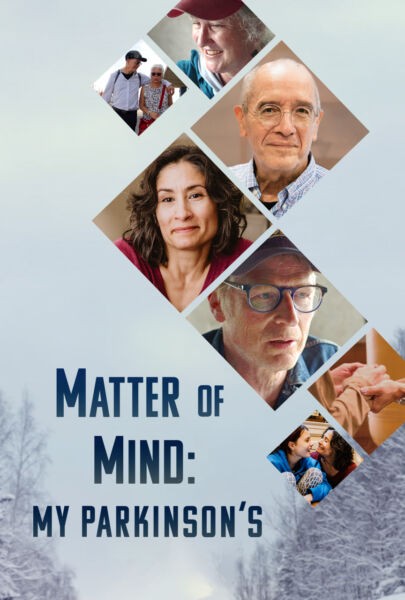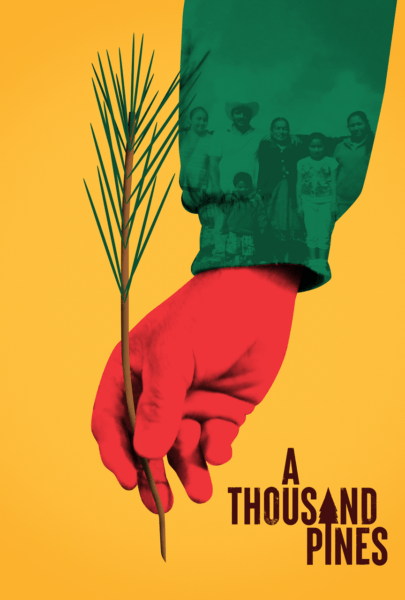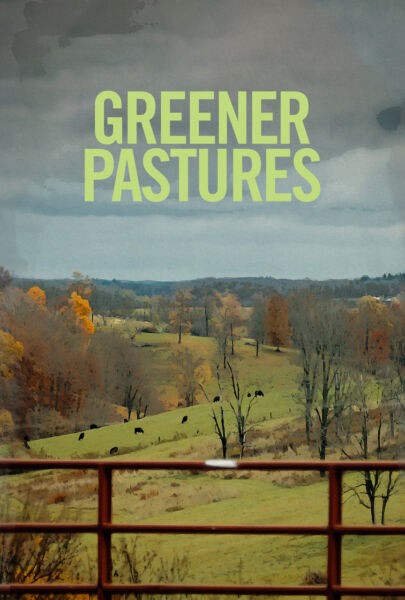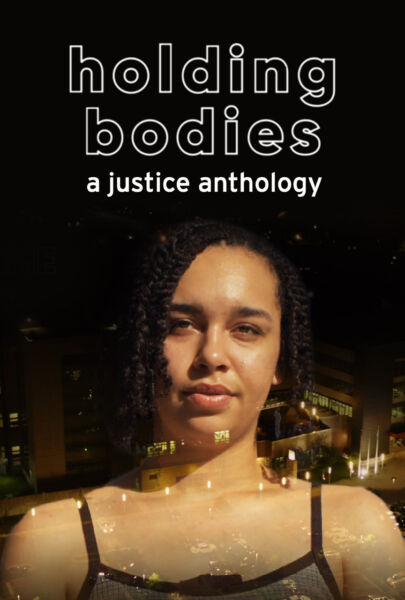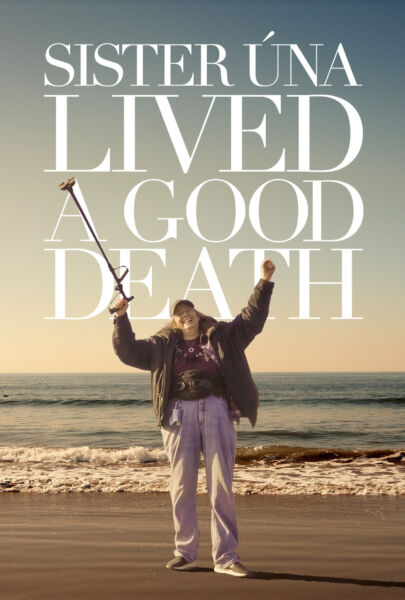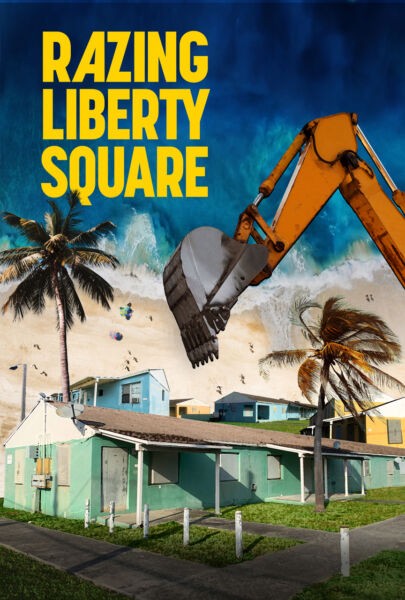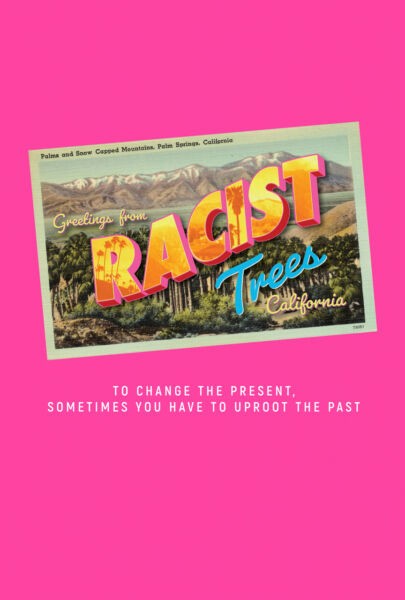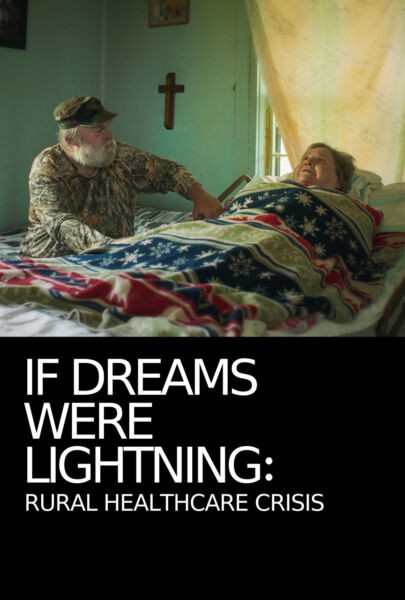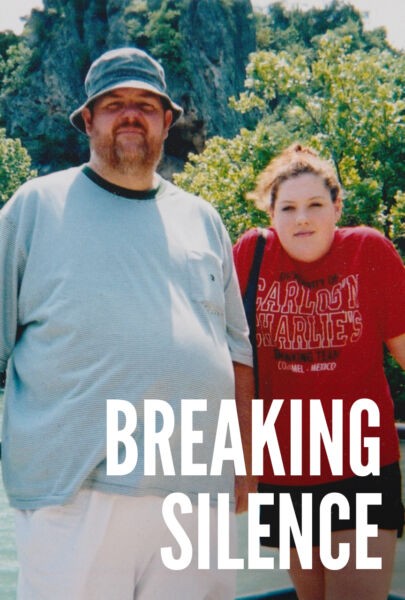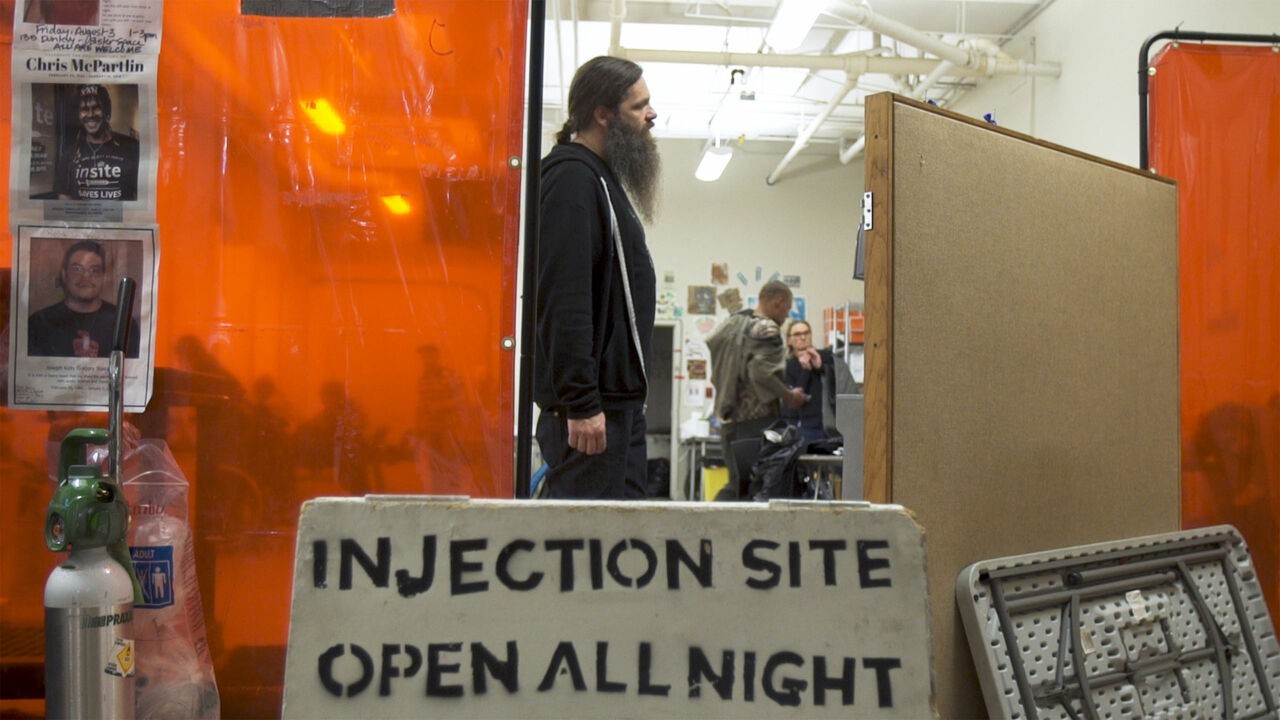
By Ivonne Spinoza
One of the more horrible legacies we are left with from the war on drugs is the lack of compassion toward those who struggle with addiction. Instead of treating this crisis as a health issue, society has spent all of its time (and money) making it seem like a moral failure of individuals. This has gone on for decades. Demonizing drug use has a long and racially-loaded history that has destroyed lives, incarcerated millions of people, and left us surrounded with only senseless death and stigma.
Love in the Time of Fentanyl tries to bring back the human perspective into this issue and asks us to get involved in kindness, if we really want to help—and not judge—our struggling communities.
I chatted with Colin Askey, the documentary’s director, to get a closer look at what led him to want to make this film. We get into the work Vancouver’s Overdose Prevention Society is doing to save lives and to give hope to a marginalized community, and about the real activism happening behind the scenes.
How did you first come across the Overdose Prevention Society (OPS)?
Colin Askey: I became part of this community when I began working in Vancouver’s Downtown Eastside (DTES) in 2008 for a harm reduction organization that provided several housing and healthcare services for the community, including InSite, North America’s first supervised injection site.
There are a lot of strong opinions about the neighborhood, usually based on fear and stigma, but those of us who are lucky enough to spend time [there] see that there’s a lot more to it. I was often asked, because of my film experience, to make videos that raised awareness about controversial programs that were at risk of losing funding, educational videos, and sometimes to just document some of the amazing things that were happening.

Ronnie Grigg, Trey Helton and Shawn Hefele take in the mural they’ve created in the alley behind OPS in Vancouver
This was a great privilege and how I got to really know many of the community members’ stories, as well as the proud history of grassroots activism that allowed for these services to exist.
The DTES is filled with incredible services that are respected globally as the gold standard in harm reduction and holistic services for marginalized communities.
“Harm reduction ideas make us uncomfortable because they go against our understanding and beliefs, which have been deeply entrenched through years of misinformation.”
Beyond just housing, healthcare, harm reduction, and treatment services for people who used drugs, there are many unique programs and services, including a street soccer program that gave people a chance to travel to the Homeless World Cup, an amazing event held in a different city every year that allows for homeless folks to meet people in similar situations from around the world, and play in a soccer tournament. That’s actually where I met Sarah, the co-founder and executive director of OPS.
What personal stigmas did you overcome as you got closer and learned more about what’s behind this crisis?
Colin: I think stigma stems from fear and misunderstandings of different perspectives and experiences. Once we acknowledge that, we can be more honest about where it comes from in ourselves and how it permeates all through society.

Flmmaker Colin Askey
I was confronted with this early on when I began working in harm reduction and in the DTES. I was court-ordered into a long-term, abstinence-based treatment program when I was a teenager and went on to work there for many years. When I came to harm reduction, it went against my understanding of ‘treatment’ and I had strong reactions which I really had to question.
It was an important opportunity for me to be faced with real situations, hear the challenges people faced, and see firsthand how harm reduction worked. How welcoming someone inside a space where they aren’t judged and are allowed to get what they need in that moment—whether it’s a cup of coffee, someone to talk to, or space to use drugs knowing they won’t be yelled at, arrested, or die from an overdose—has an indescribable impact on that person’s life.
The trust built and relationships formed in these places are the beginning of so many things for that person. I got to see that firsthand and it had a profound impact on me and how I began to see this issue.

Norma Vaillancourt in the alley behind the Overdose Prevention Society site in Vancouver’s Downtown Eastside
Why do you think there’s so much resistance to harm reduction initiatives?
Colin: Harm reduction ideas make us uncomfortable because they go against our understanding and beliefs, which have been deeply entrenched through years of misinformation.
However, it is our discomfort that allows this crisis to persist and makes evidence-based responses unavailable to the people that need them most.
I’d like to hear about your process when coming up with the title for the documentary, especially the “love” part. When I saw the film, it emphasized to me precisely how there’s a lack of love towards others in our society today.
Colin: Yes, those in the DTES have in many ways been failed by society. It is a community of misfits and outcasts, who despite this alienation, built a community for themselves. There is so much going on and so many efforts being made by the community to provide for each other in endless ways.

OPS staff members attend to an Overdose Prevention Society participant who has overdosed on the street, while a community member holds his hand.
Little things go a long way in the DTES and I really wanted to capture those small acts of love in the film: making a big pot of chili for the staff, sweeping an alley or cleaning a booth, putting a hand on a shoulder, trying to make someone smile who just had an OD, bringing a guy his wheelchair in the hospital and offering him a milkshake, all these things make such a difference in people’s lives.
People in the DTES have faced unimaginable challenges as individuals and as a community, and there is an enormous amount of suffering, especially in the amount of loss we see on the street, but inside spaces like the Overdose Prevention Society, it is filled with life, laughter, and love. I think there’s a lot we could learn from this community.
What is the main misconception about people who use drugs that you wish could be changed out there in the general public?
Colin: That they have nothing to offer.
I think that people who use drugs are obviously the most affected by this crisis and should have a legitimate say in how we respond. As we see in the film, they are doing more for their communities than I think most of us are. They are individuals each with their own challenges and gifts, and each have their own path and journey as far as how we need to support them.
We feel like the main takeaway from this documentary is the urgent need to open up our minds and our hearts to a human crisis that needs a more human approach.
Addressing stigma and the roots of this crisis will require taking a long, hard look within ourselves and at the current policies we have in place, but we desperately need to start.
Ivonne Spinoza is a South American trilingual Latina writer and illustrator. She writes both for TV and about it, and her work aims to contribute to better representation while advancing equality. She writes mostly genre fiction and cultural analysis, but quite often will branch out wherever curiosity takes her. Find her everywhere online as @IvonneSpinoza.


